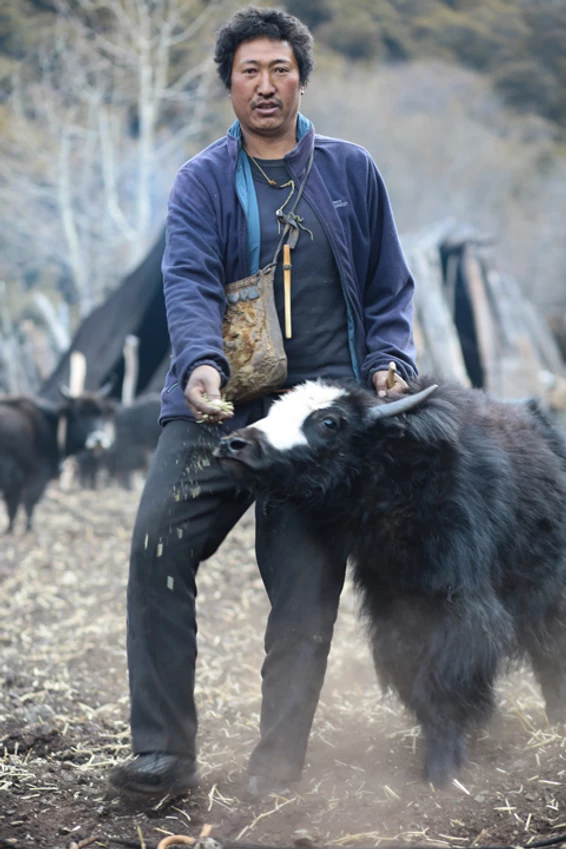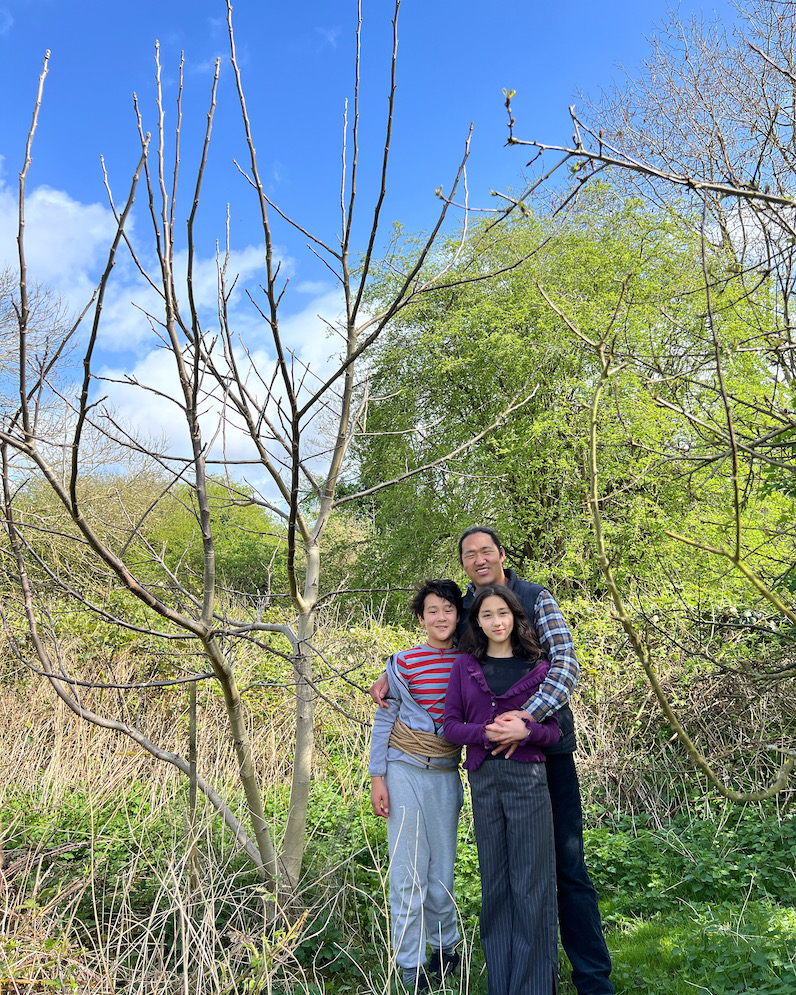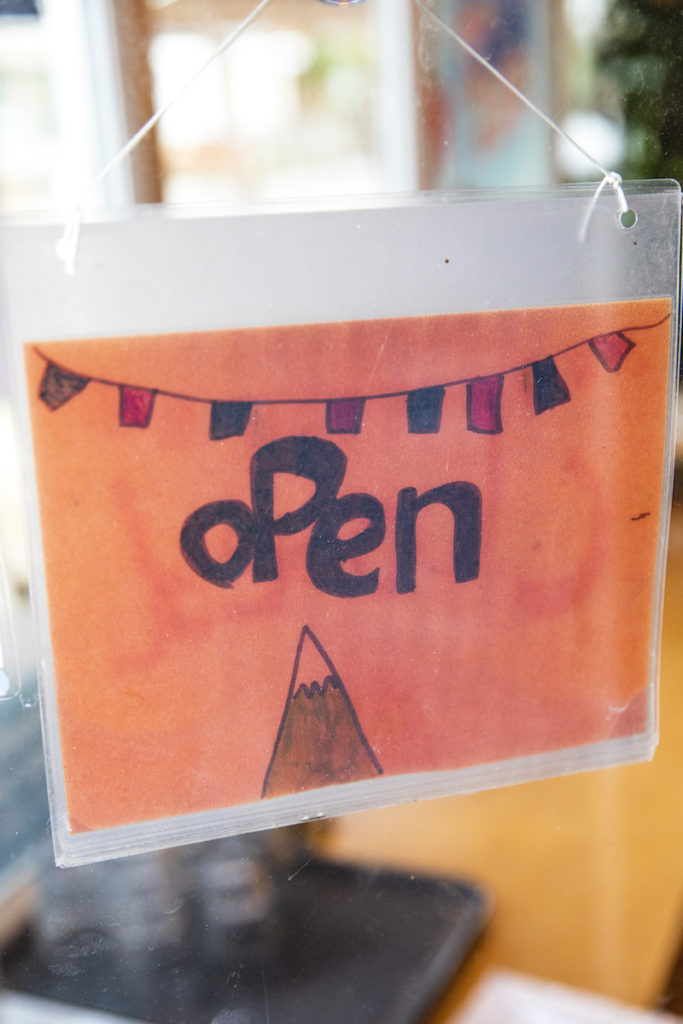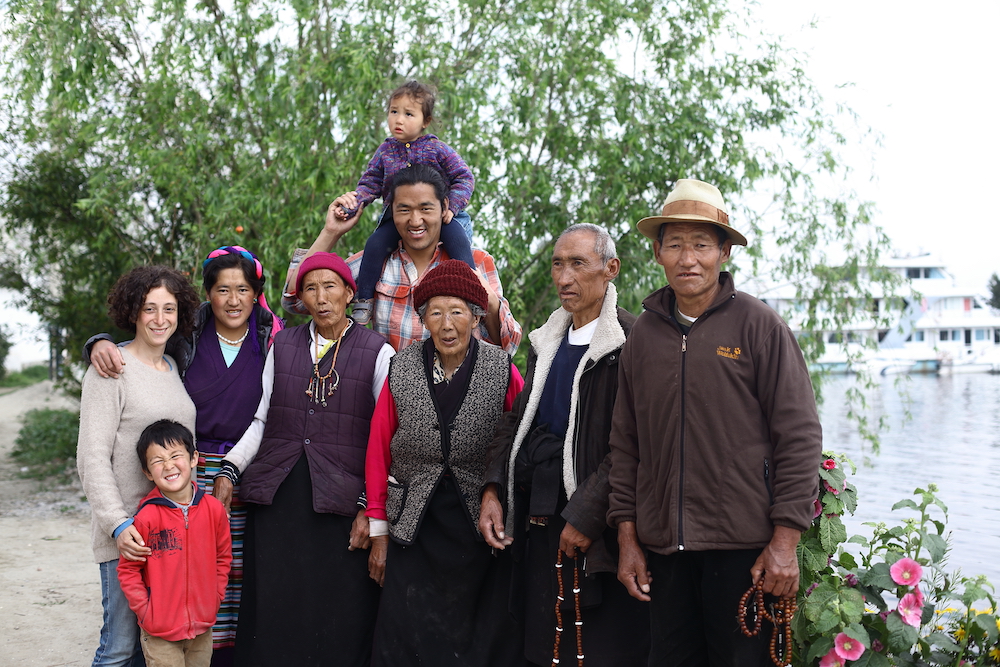There are lots of things that we get wrong about Tibet and Tibetan people.
The no. 2 misconception (let’s move past the no. 1 mistake – Tibet is not Nepal) is that Tibetans are vegetarians. Sorry! It’s a lovely idea, one that fits in well with the notion that Tibetans spend most of their lives in prayer, and are therefore somehow holy. The reality is that Tibetans are human just like the rest of us, and meat-eating is a part of this.
It’s true that the Buddha advocated a suffering-free diet, but note that this doesn’t mean meat-free – it all depends on how the animal comes to its end. As Buddhists, Tibetans also believe in reincarnation, whereby it is possible for a human to be reborn as another creature, and vice versa; it is therefore conceivable that an animal you slaughter for your dinner table could have been your mother in a previous life.
But for the many nomads who spend months of the year away from home on the highest grazing lands in the world, where snowstorms are common even during summertime, a vegetarian or vegan lifestyle simply isn’t possible (pictured: Yeshi’s brother at the family camp).
Nor is it wise: the female yak, or dhri, provides valuable dairy products to supplement the nomadic diet: yak milk has roughly twice the fat content of cow’s milk, but most of this is in the form of a fatty acid that exhibits anti-carcinogenic and anti-diabetic properties. (Food that is locally sourced is always best for us).
As for meat, Tibetans consume consciously: bypassing smaller animals such as goats, sheep, pigs and chickens – which feed fewer mouths – they tend to live off the meat of a single yak over the course of a whole year. The beast is slaughtered in the late autumn and its meat is cured, hung out to dry in the sunshine, and then bagged up for use over the seasons to come.
The “resettlement” of nomads away from their land in recent years means that many former herders, now dwelling in cities and towns, are able to move away from a diet that is meat and dairy heavy. But it’s complicated: the nomadic diet is a part of the nomadic identity.
It’s becoming easier to be more veg-centric, at least. Chinese-made greenhouses now offer the opportunity to grow a wide range of crops. In Yeshi’s village, at relatively low altitude, vegetables have always been plentiful. The recipes in our cookbook reflect this and the way that he ate at home in Tibet.
Many of you have written to ask, and 55 out of Taste Tibet‘s 87 recipes do not include meat. Meat can always be added (and we’ve indicated where this is a nice idea), but if you are veggie or vegan you are good to go.
Even more vegan options on our menu this week as we bring to the table Yeshi’s favourite snack, pickled mooli! This humble radish plays an important role in the Tibetan cuisine, and fermented mooli is a popular side dish. You can order it off our menu alongside hot food, or buy a jar of it to take home.
We are open the usual hours this week, as follows:
Wednesday: 5-9.30pm (dinner only)Thursday – Saturday: 12-3pm (lunch) / 5-9.30pm (dinner) Come for takeaway, to dine in. This is a fabulous deal for all the indies in town – please make use of it and help us spread the word.
This week’s menu is live on the website now. See you soon! Julie and Yeshi








